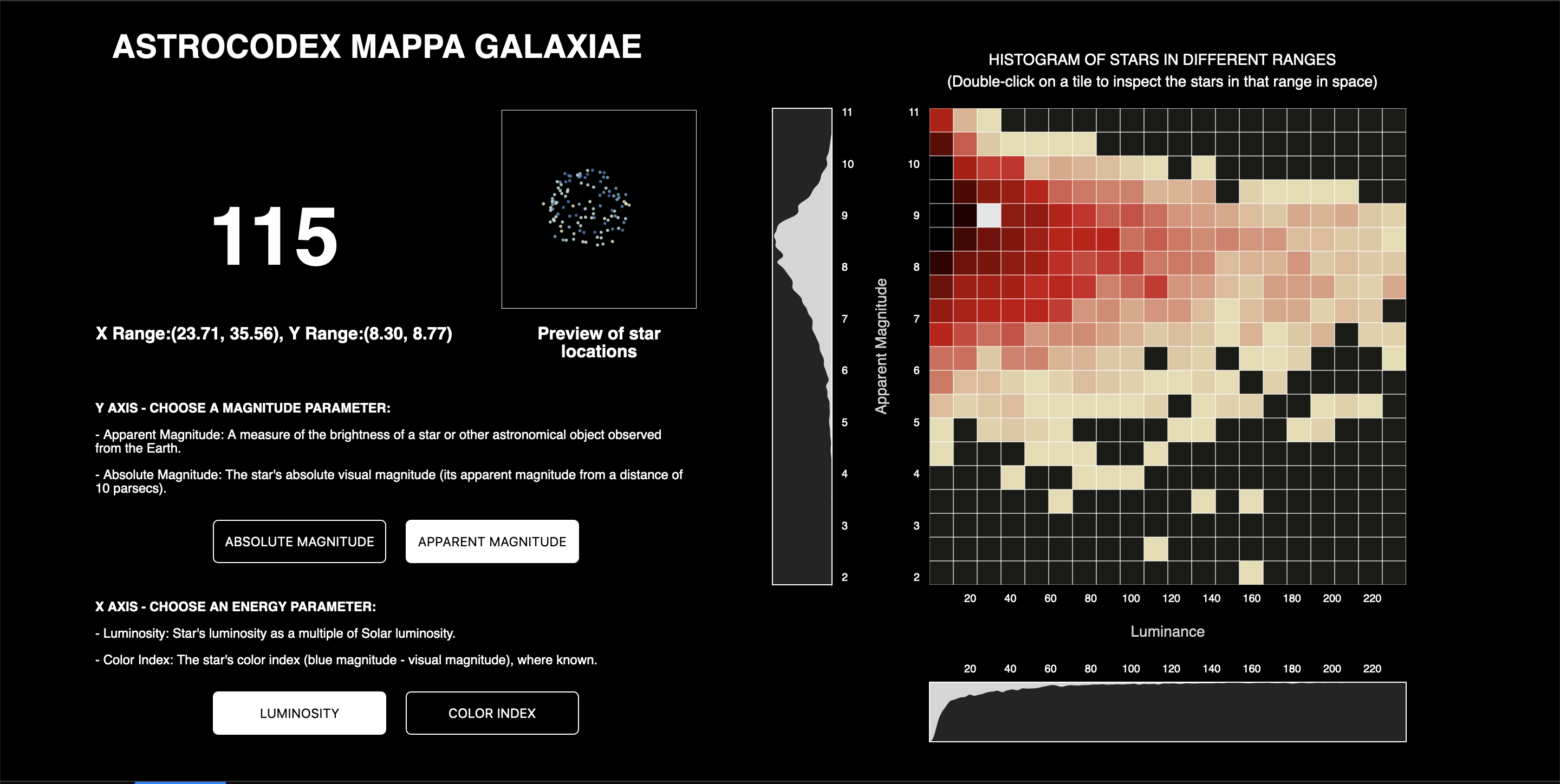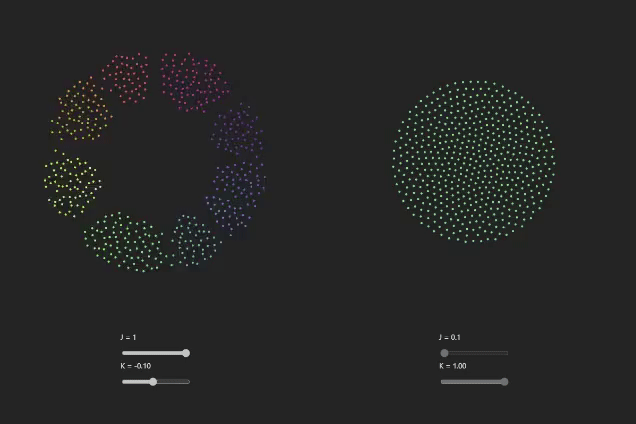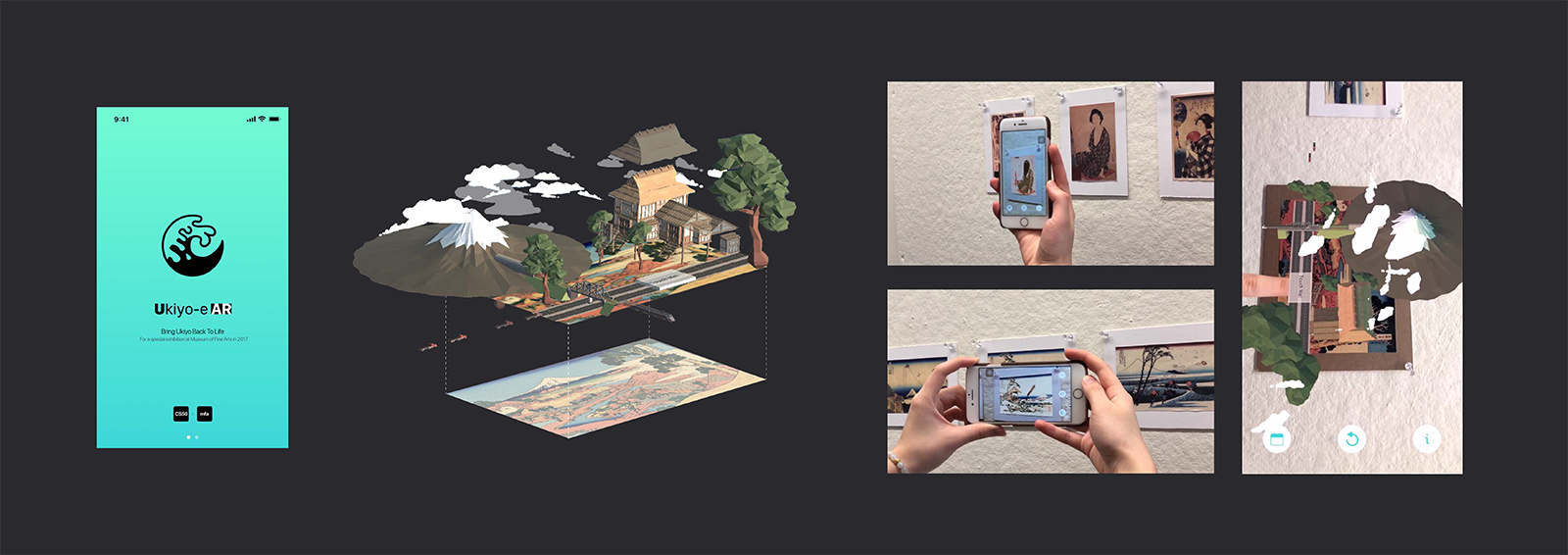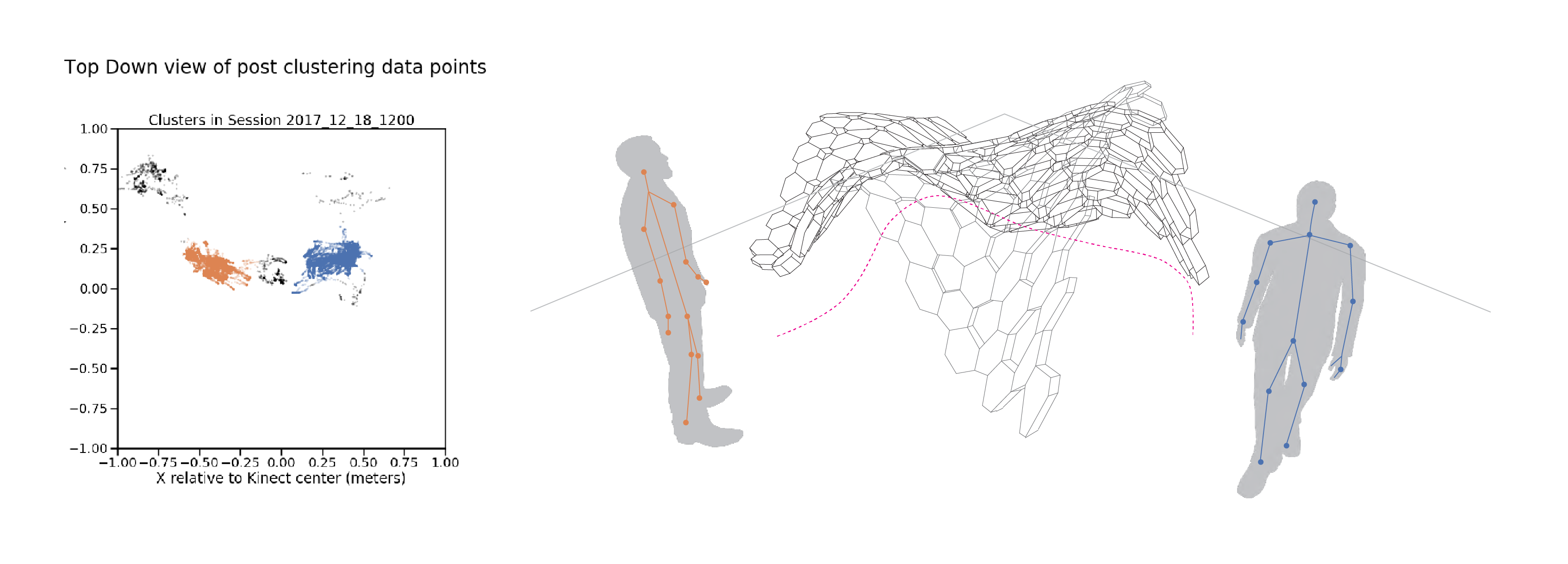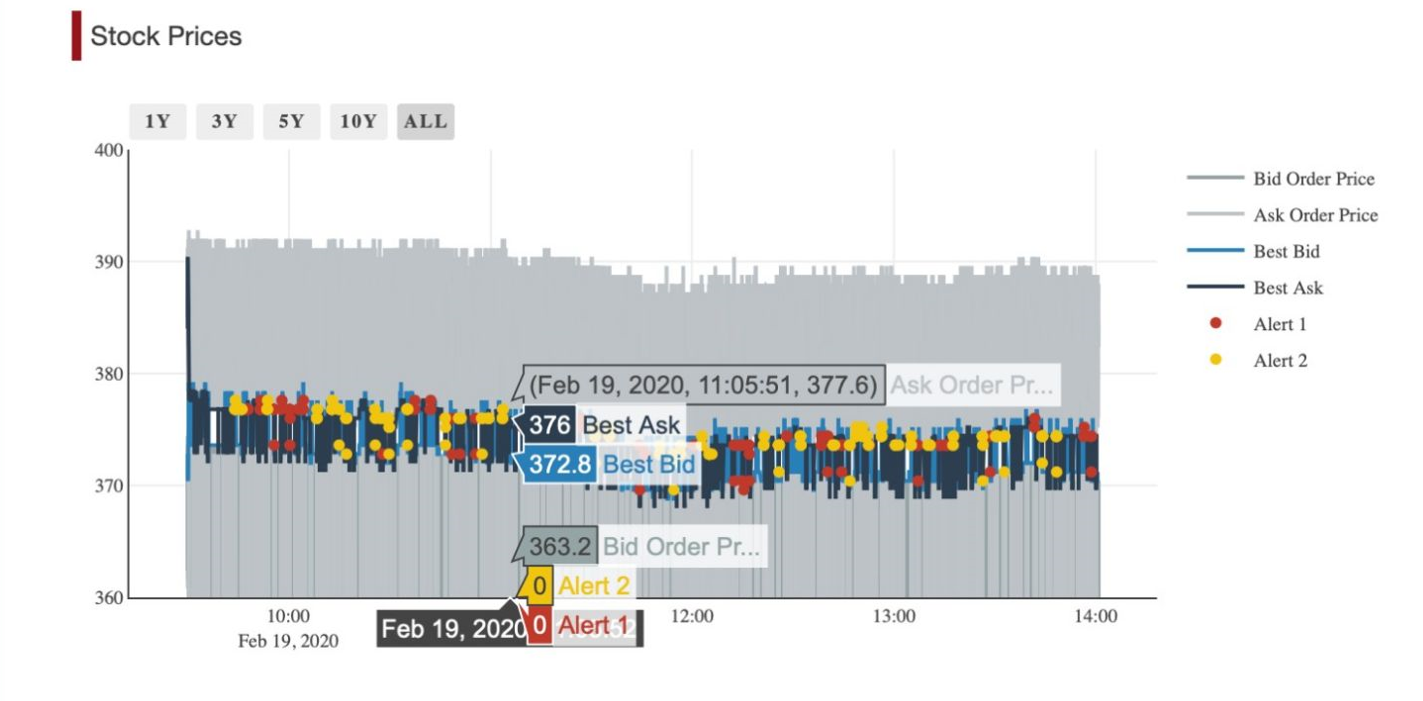Prism XR - A Curated Exhibition Experience in Virtual Reality with Peer Annotation Features and Virtual Guides for Art and Archaeology Classes
Research Project for Gatech CS 6460 Educational Technology, 2024
Built with Unity3D, OpenXR, and 3D Assets from AK Studio Art
The Prism XR project is a curated exhibition experience in virtual reality (VR) for art and archaeology education with features designed for the enhancement of interactivity and collaborative learning. The project integrates peer annotations and a virtual exhibition guide to augment educational experiences. The peer annotation features are intended for facilitating visitor critiques and comments pivotal in fostering a dialog between the curator and the audience and a dialogue between the visitors in art and archaeology education, which are demonstrated to have positive impacts on the learning motivations and learning outcomes. The virtual exhibition guide is intended to address the issue of isolation in the virtual exhibition space and to increase interactivity in the virtual curatorial experiences.
Paper (arXiv) Demo Video Project Repo


